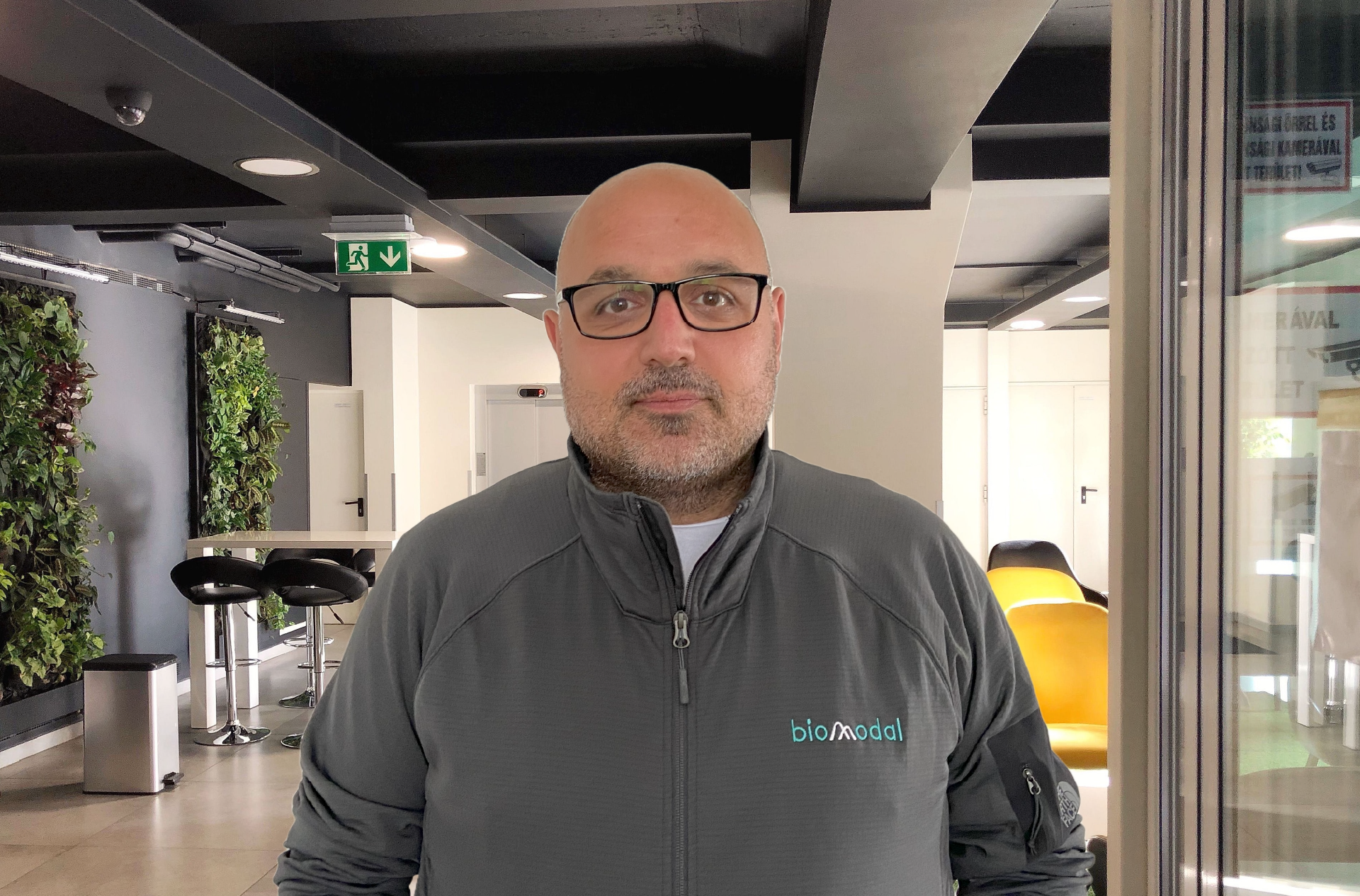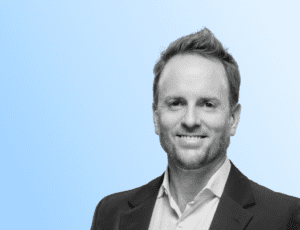Aziz Mustafa, PhD, recently joined biomodal as our Director of Sales and Business Development for Europe.
We caught up with Aziz to learn more about him, his background, and what excites him about the field of epigenetics. We also asked him about the challenges the field is facing and how simultaneous interrogation of genetic and epigenetic sequences could help overcome them.
1. Tell us about you and what excites you about the field?
From a young age, I’ve always wanted to be a medical doctor. It drove me to pursue science and during my education, I gravitated toward research. This was a compelling direction because of my passion to improve peoples’ health and well-being.
I like being a part of research and development because of the impact it has on healthcare. This is especially true for companies that focus on driving improvements in cancer research, understanding the mechanisms of cancer, and ultimately defeating cancer. So, when I talk to cancer researchers and key opinion leaders I am constantly inspired and in awe of what they do.
It’s also empowering to be on the R&D side of cancer research because you influence new methodologies and technologies developed that can speed up and improve ways to detect, monitor and treat disease. This drives me. Due to this excitement, I’ve naturally moved into a commercial role. I like to network and talk to different people every day, sharing my ambition for improving health and care.
2. What excited you most when joining biomodal?
The technology is definitely a component of what excites me about joining biomodal.
I think it’s hugely beneficial to say there is a way to combine genetics and epigenetics in the same workflow, same sequencing run, and phased in the same read-outs.
It’s very exciting and a major advancement in multiomics, which has grown exponentially in the last 10-15 years.
Also, biomodal has great people and culture, this was a massive decision factor for me when joining. Everyone shares in the mission to introduce technology that brings the dynamism of our ever-changing biology into focus.
3. What are the biggest challenges or barriers facing clinicians and scientists, and how could simultaneous multiomic interrogation of samples overcome them?
At a grand scale, there are so many challenges facing clinicians and researchers but from an epigenetic landscape, enabling another layer of information in a changeable environment is groundbreaking.
To be able to have a technology that takes your four genetic bases (ACGT) that never change and combine it with epigenetic marks that change depending on the environment you are exposed to is ground-breaking. We can now change the landscape in which you do DNA sequencing and how you interpret data.
This immediately helps researchers and clinicians when they are trying to get more out of less tissue. For example, if you think about a cancer patient that has had an awful biopsy, a really uncomfortable procedure, to allow you to get enough tissue for an assay, the last thing they want to hear is that they need to come back in for another biopsy because there is a need for more. So, the fact that we can sequence with low-input DNA samples is a new gold stand and a massive bonus.
If you’re based in Europe, and you’d like to learn more about duet multiomics solution +modC and how it could transform your research, reach out to Aziz.


